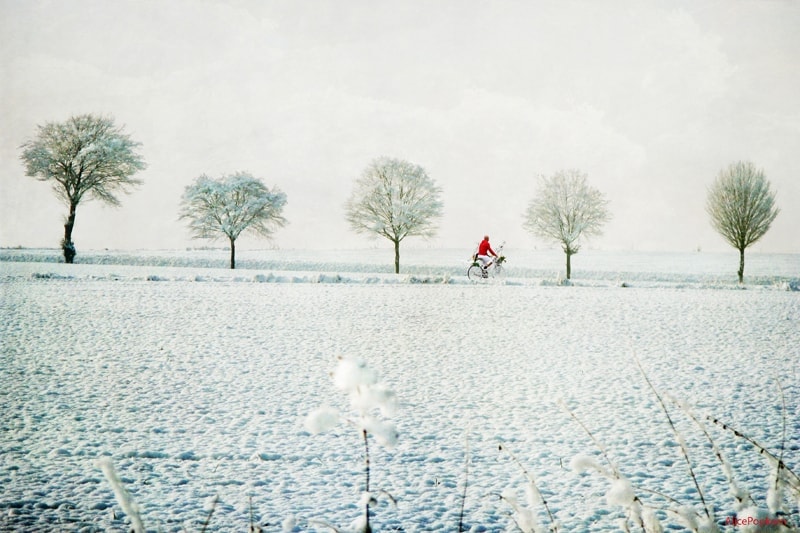Not everything in landscape photography is lush flowers, deep green meadows, lush greenery and warm lights. Landscapes can also be cold, snowy, wet, dark, and lonely. If you are one of those who hibernate with your camera throughout the cold season, or of those who think that there is nothing to see in a forest in winter, or that the only things that can be photographed in winter are the wise men, Santa Clauses or any other tradition that characterize your land… This article will change your mind.
Of course, in winter it is cold, it rains, it snows, it gets dark early and many other inconveniences. Photographing landscapes in winter is for champions, for the crazy or for the passionate, but above all for the lucky ones, because the beauty of a landscape in winter, the strength that it can transmit is so unique that it is worth going through all the inconvenience in the world to contemplate it.
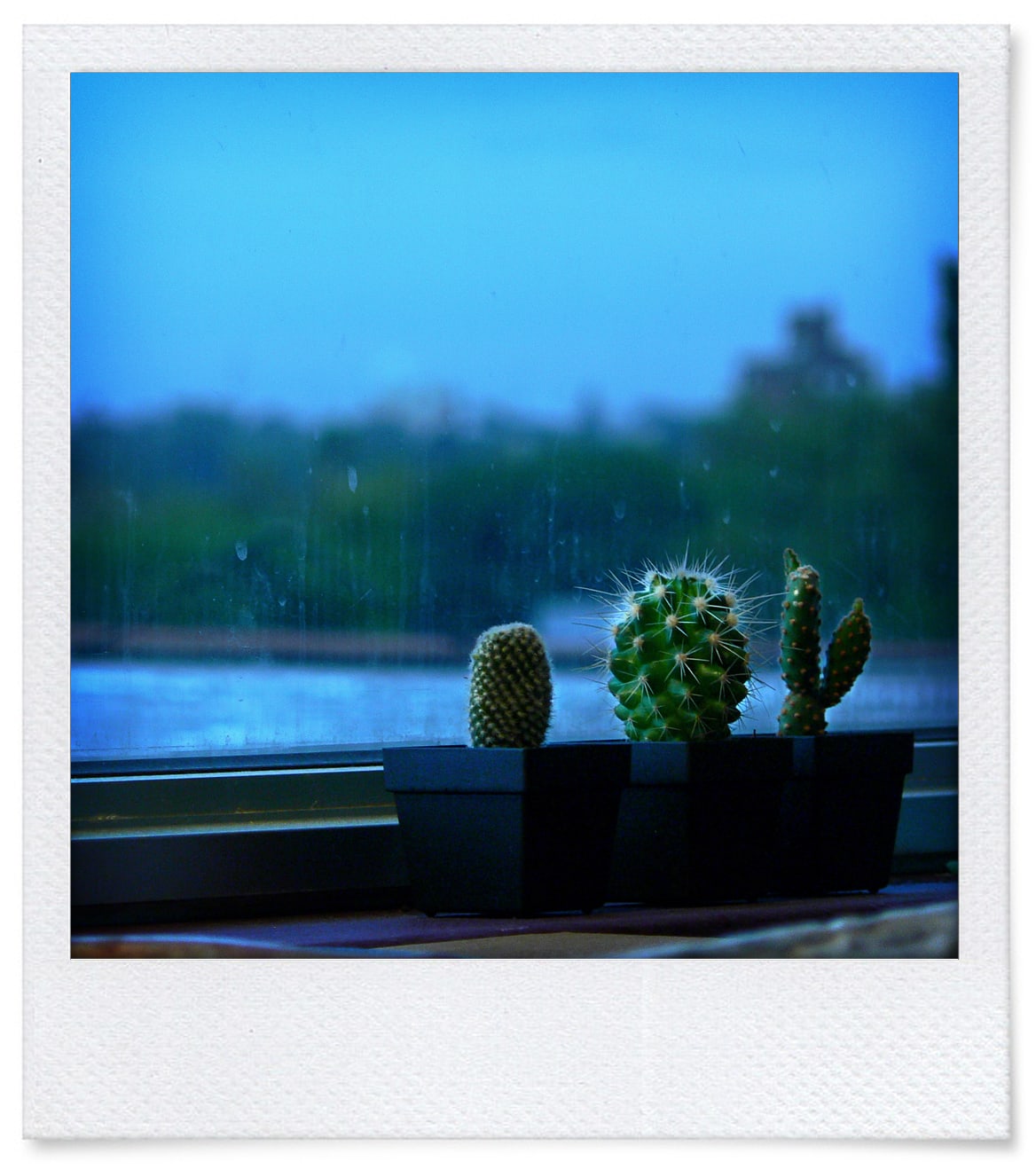
EQUIPMENT CONSIDERATIONS
Preparing well the material you may need before leaving home can make the difference between a pleasant photography session and a disastrous one.
Appropriate clothing and footwear: Study well the place you are going to, if snow can surprise you, what maximum and minimum temperature you will have that day, if it will be sunny, etc. and dress accordingly. It is very important to be comfortable but at the same time well protected from possible inclement weather. Don't forget some gloves , you can use fine tactile ones, ones with cut fingers, or whatever you like. He thinks that the camera gets cold very easily and it is unpleasant to handle it with frozen fingers ?
Batteries: If you don't have two yet, this is another of the great occasions to buy it. Batteries in cold environments discharge sooner . So make sure you carry yours fully charged, and if possible carry more than one.
Tripod: If you like landscape photography, you should already know that it is almost mandatory to have one. Although it may seem to the contrary, carrying a tripod will open up your creative possibilities as well as guarantee better sharpness in your images.
Backpack: A good waterproof backpack will save your equipment on more than one occasion, and will also allow you to carry it well organized and safe inside.
Waterproof cover for the camera: Or failing that, a plastic bag and tape, or a rubber, or the sunshade to adjust it to the body and the lens. Moisture can end up causing the appearance of fungus inside, if you protect it correctly, you will avoid this expensive repair.
Lens: There is no perfect lens for landscapes, because each person has their style and preferences, although the recommended standard lens for landscapes is a wide angle, due to its wide angle that allows you to cover more of the scene.
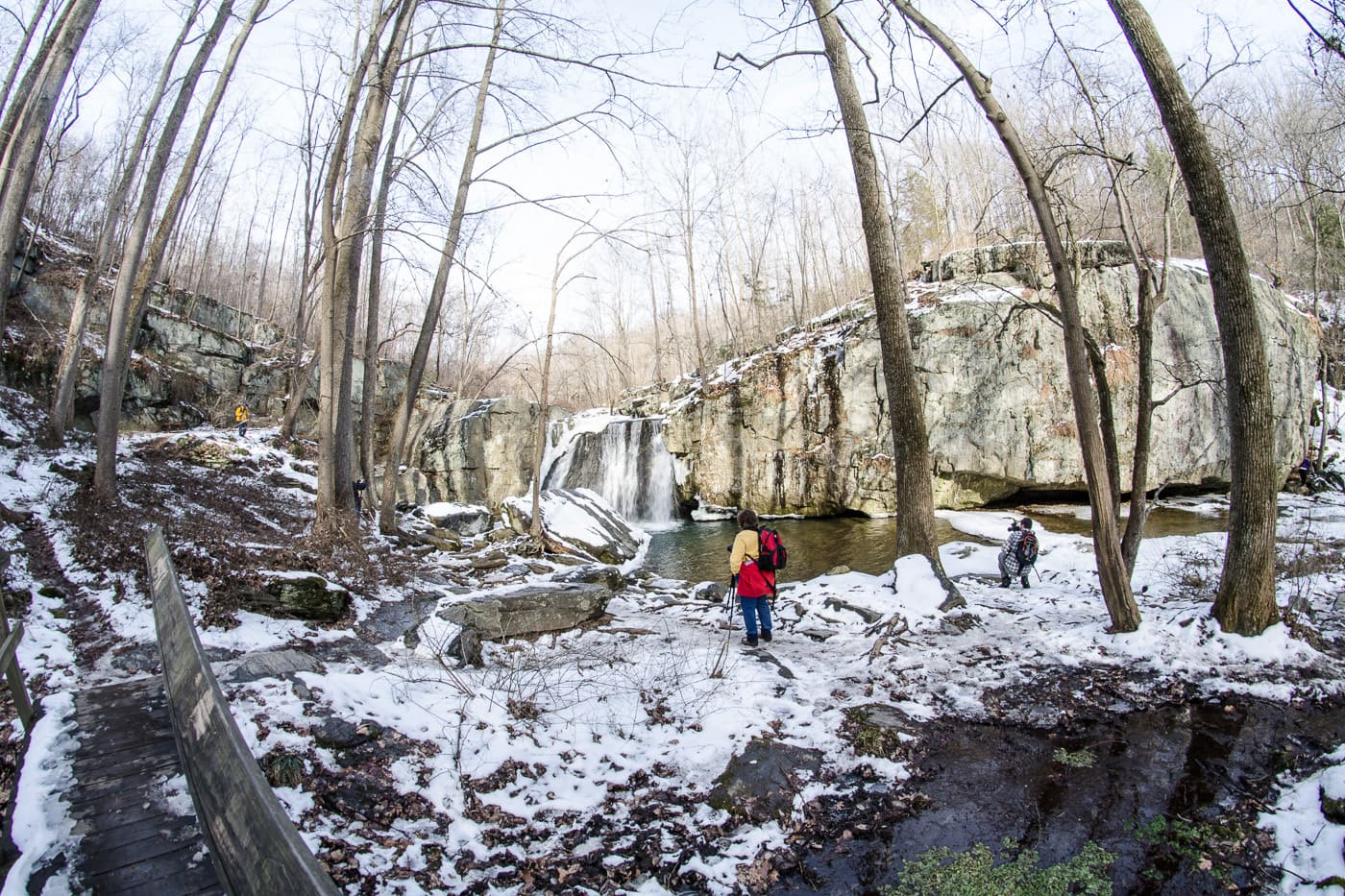
SPECIAL SETTINGS
MANUAL MODE
In landscape photography we always recommend that you try to master all the parameters of the scene. In other words, forget about automatic modes and even semi-automatic ones. You have plenty of time to set up your scene and decide what you want to get, test and make the odd mistake and fix it on the spot.
- Diaphragm: Remember that the larger the diaphragm opening, the smaller the depth of field (F/ 1:4, F/2: 8, etc.), so if you want a well-focused landscape, you should use more closed diaphragms (F/ 16, F/18, etc.)
- Speed: Remember also that high speeds allow you to freeze the movement and that slow speeds will allow you to portray how it flows.
- ISO: Do not forget that the higher the ISO, the worse the image quality , so especially in landscapes it is important that you keep it low. Hence the importance of the tripod to work with low speeds.
SNOW
Not everything in winter is snow, but it is clear that it is a very important and very characteristic element of winter. However, to photograph it correctly, it is important that you know how certain situations fool your camera's light meter. Snow is one of the most characteristic. The light meter interprets that there is much more light than actually exists and makes its interpretation. The result is a grayish snow instead of white.
To correct this photometer error, you can expose for a neutral gray through a gray chart, or you can increase the exposure on your camera by +1.5 to +2 stops . To know what the correct exposure is, you will have to do several tests until you are satisfied with the result of your scene.
FOG
Don't think of it as something to "deal with" in winter. Foggy days are as rare as they are magical and you can take advantage of them to increase the interest of your images. The fog will help you explain a story of mystery or loneliness, unreality or sadness, in addition to giving you one of the most magical lights you can find; soft, fuzzy, low contrast and non-existent shadows.
To photograph the fog it is advisable, for example, to shoot at low speeds that show the almost unreal path of the fog, but above all, control the exposure well, since the fog fools the photometer in a similar way to what happens with snow . In this article you can delve into everything you need to know about fog photography .
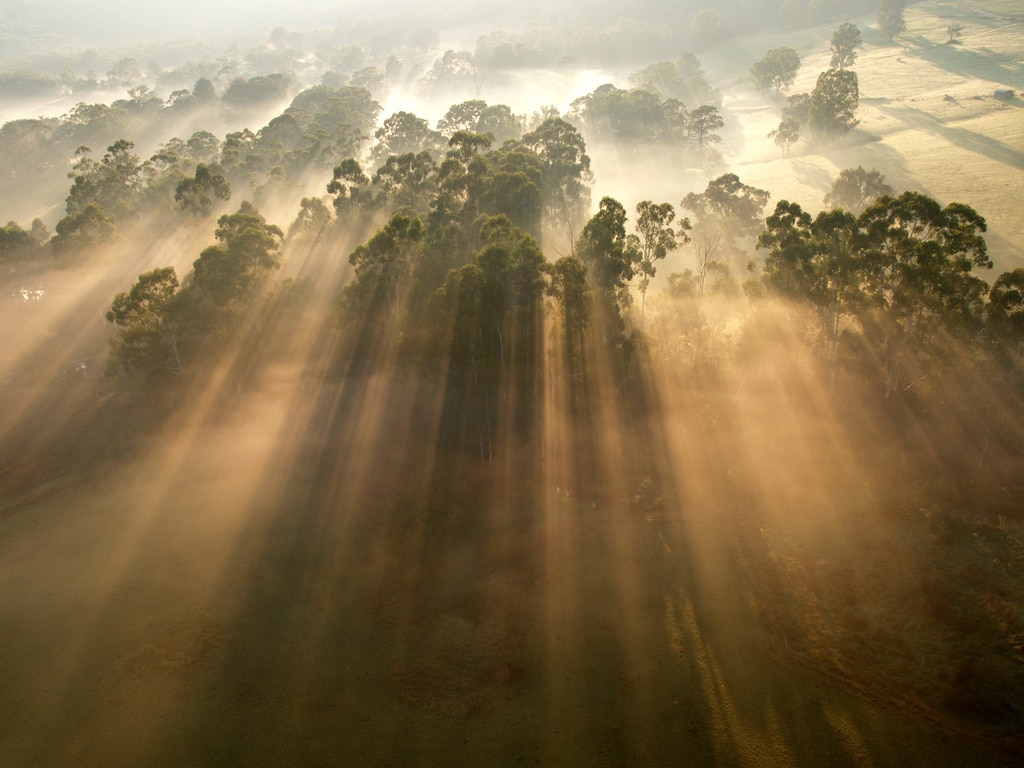
WHAT AND HOW TO PHOTOGRAPH A WINTER LANDSCAPE
Winter is similar to black and white photography since many of the colors that other times of the year give us disappear. This absence or reduction of colors makes everything acquire a more monochromatic tone, but no less photogenic for that.
THE CENTER OF INTEREST
Since the image will not stand on its own, you should help it by choosing the center of interest well, and helping it stand out through the compositional techniques you choose.
- Rule of thirds : Placing the center of interest in one of the intersections that result from dividing the frame into three parallel and horizontal lines will automatically make your center of interest stand out.
- Horizon rule: If you divide the frame into three horizontal lines, the part of your image that you want to stand out should occupy approximately 2/3 of the scene, and the other the remaining 1/3.
- Law of the gaze: It consists of “letting the image breathe” in front of the place to which the gaze is directed or the action portrayed.
- Negative space : Negative space is used to highlight the center of interest by placing it in a background that does not stand out above the main subject, so that it accompanies it, but does not detract from it.
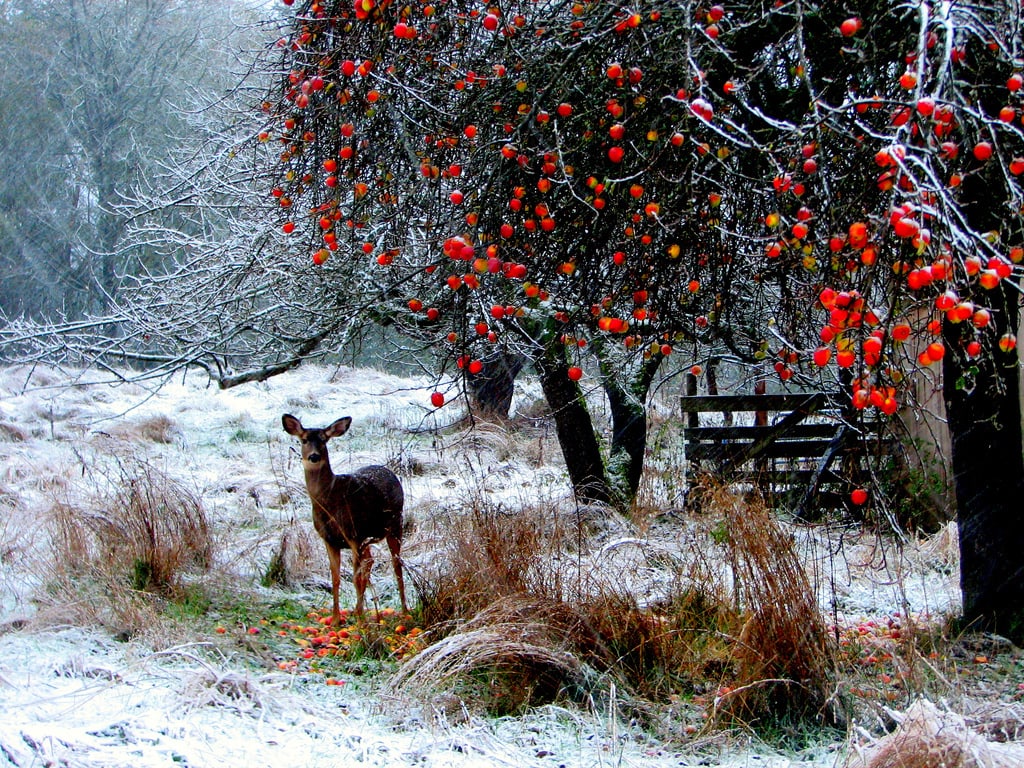
THE IMPORTANCE OF DETAILS
Sometimes the vast snowy expanses too monotonous can become visually boring. Look into the details of the fallen leaves, the snowflakes, the fruits hidden under the snow, the moss... They will help you portray winter in a more original and visually attractive way.
- Textures: Some rocks, moss, the veins of a leaf… Everything has texture and adds interest to the image.
- Contrast: In a scene with "monotonous" colors, a bright color, for example, stands out a lot and is another way of adding interest to the image and even making it the protagonist of it.
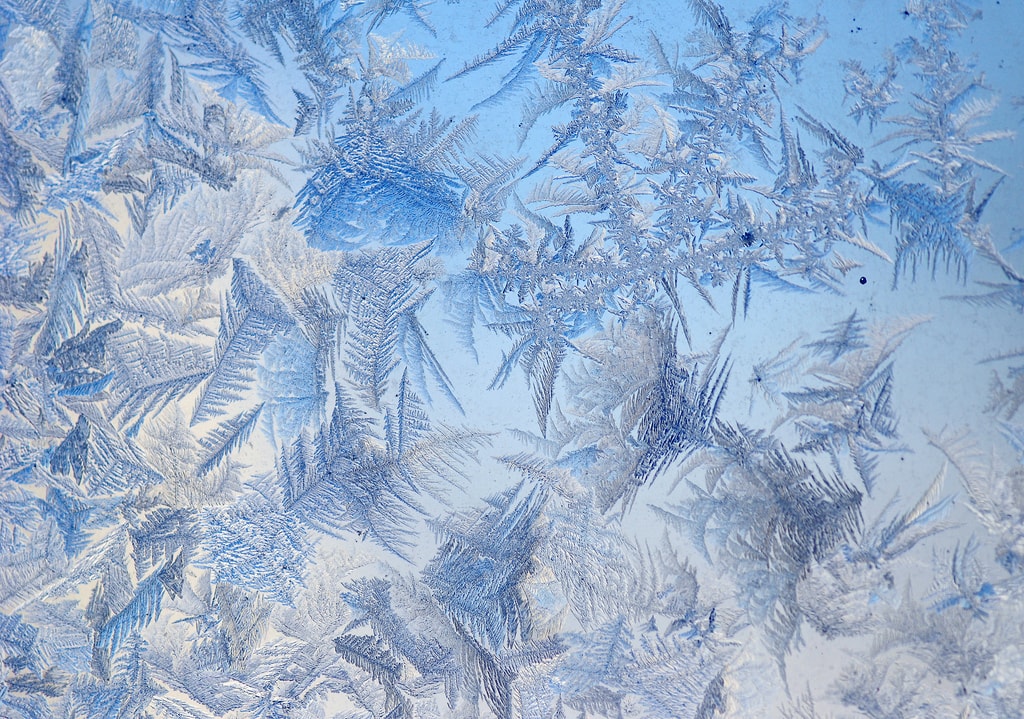
THE BEAT AND BREAK THE BEAT
Rhythm is the arrangement of elements on a plane. When these are repeated in an orderly or disorderly manner, we speak of an image having rhythm. In the following image, you can see a formal composition based on rhythm (the trees repeat themselves in a more or less orderly way) which in turn breaks it thanks to the person riding a bicycle. The bicycle not only breaks the formal rhythm, but also does so through the contrast produced by the winter color of the background (cold) with the warm and vibrant color of the cyclist's red jacket. Thus, he manages to increase the interest and beauty of the image.

BLACK AND WHITE
Since many winter scenes contain similar tones, it's not hard to imagine what a black and white winter scene might look like. Not only is this a great opportunity to get black and white images, but it will also help you learn how to preview scenes, as many times the tones will be so close to black and white that you hardly need to use your imagination to recreate the scene. in your mind before seeing the result.
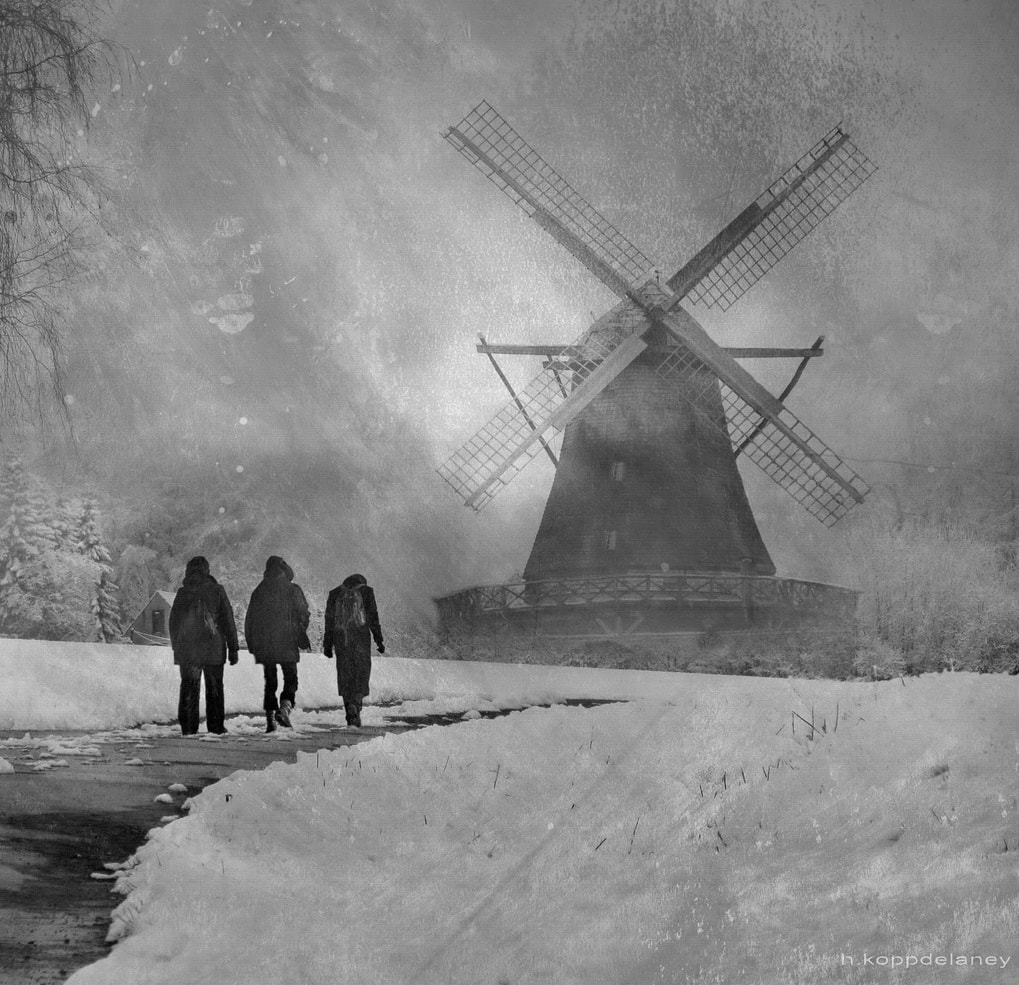
MOTION
If you have been cautious and have followed the initial advice regarding the necessary preparation before going to photograph in winter, being surprised by a snow storm is something that you can take advantage of. As long as, as I say, you and your team are perfectly prepared and willing to spend a while under the snow. Using low speeds in the middle of a snow storm will provide you with images as suggestive as the one you can see below. Above all, forget about the flash, because all you would get is an image full of bright white dots in the foreground.
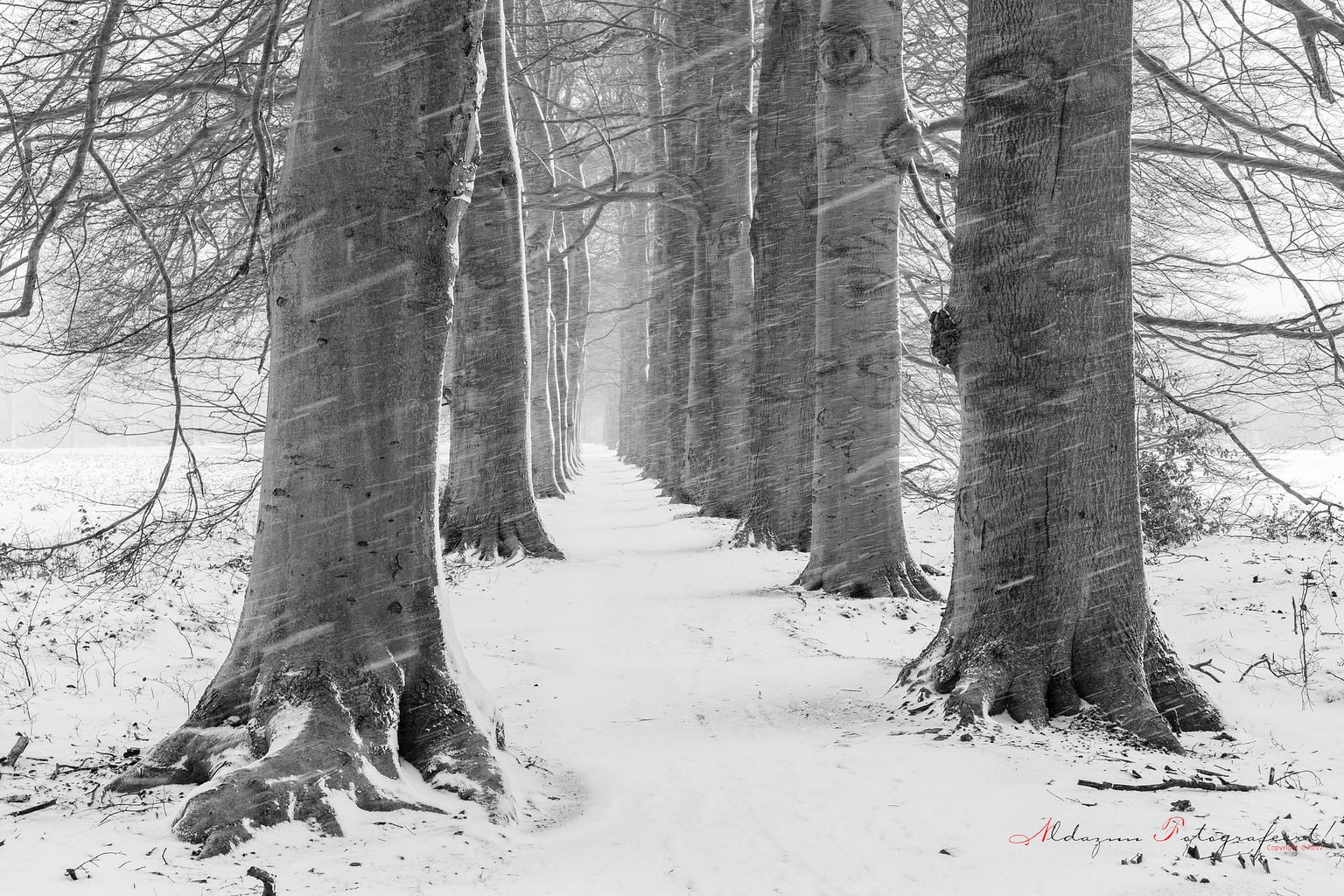
SYMBOLOGY
Winter is not always evident in the landscapes that surround us because the truth is that there are many places where, for example, snow does not reach. Although that doesn't stop them from being winter landscapes, right? Luckily there are many other ways to convey the cold season in an image. Using symbols that we associate with winter will convey the same sensation and the same message as if it were a snowy landscape. Deciduous trees, ice, a smoking chimney in the middle of the landscape, or animals curled up from the cold, are some examples of symbols that we easily associate with winter.
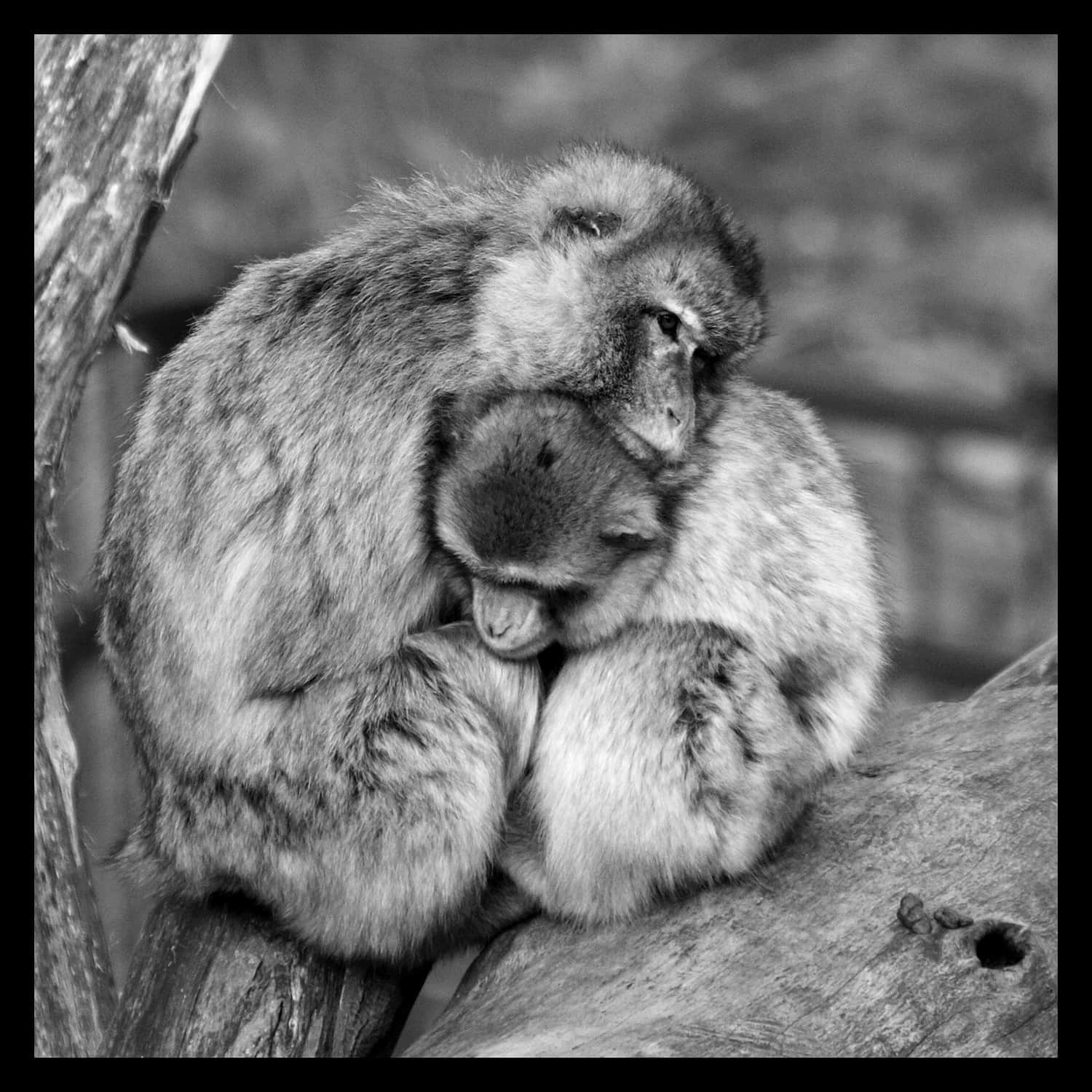
FEELINGS AND EMOTIONS
Each season carries with it a series of common or at least generalized feelings or associations. Winter is cold, lonely, crude, and often cruel, but at the same time heartbreakingly beautiful. There are few people on the streets, few animals in the woods, few daylight hours. Winter is the warmth of the home and the cold for those who unfortunately lack it. As a photographer, surely you want to transmit something more than a beautiful image, right? So try not to forget the importance of transmitting emotion , and the possibilities that each scenario provides you.
CONTROL YOUR STEPS
Be especially careful to watch your step in snowy landscapes. Your own footprints can destroy an immaculate landscape, pure and without a trace of human presence. Unless footprints are an interesting part of your composition, be careful where you step so you don't destroy your own perfect setting. Likewise, and perhaps even more important, control your steps to avoid falls, mainly for your physical integrity (many times the depth of the snow is treacherous ? ) and then for the integrity of your team.
BOKEH
Not only do you get the bokeh with the Christmas tree lights (although admittedly they look great ? ), you can also get bokeh in the middle of a forest through the lights that sneak between the branches of deciduous trees.
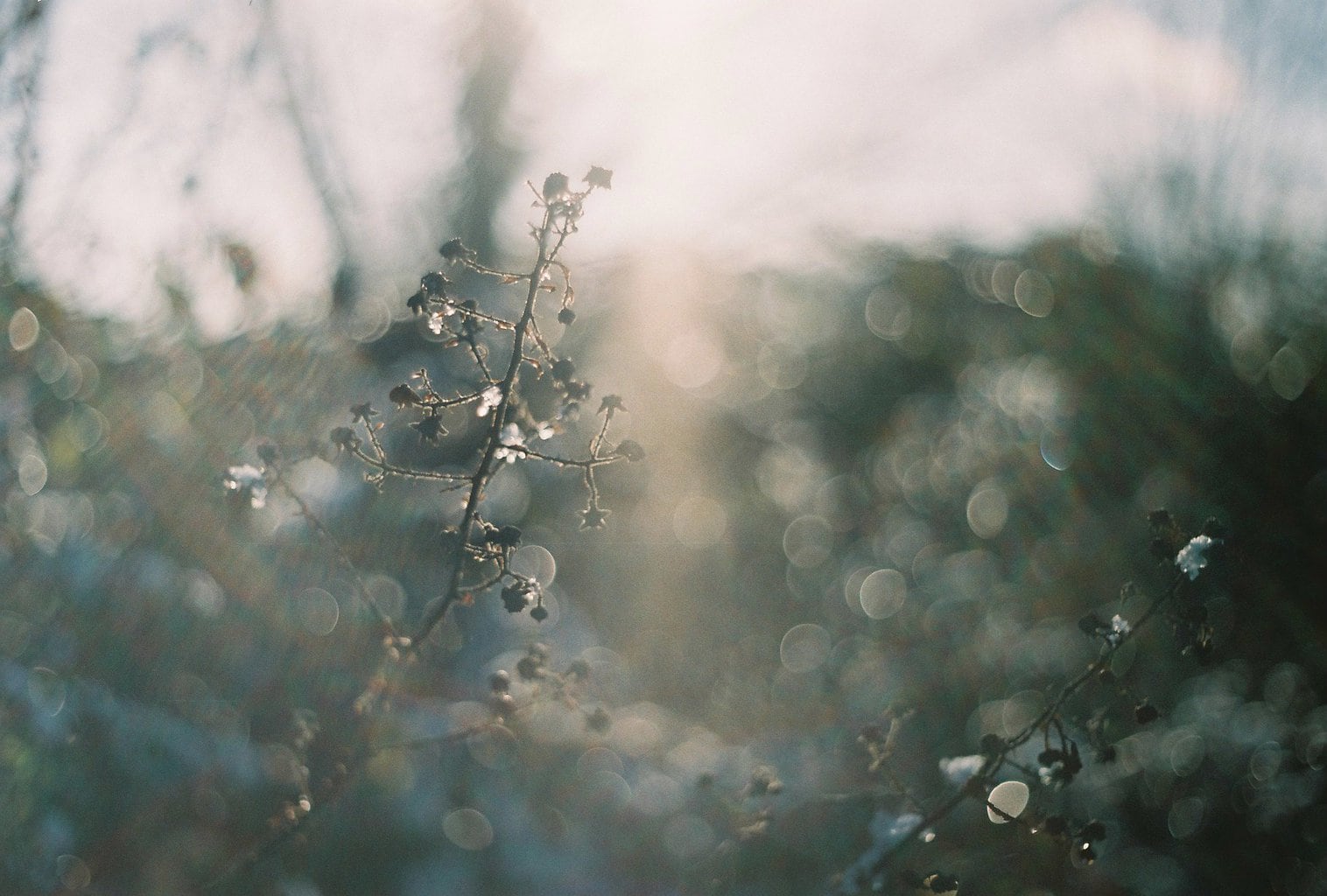
AT THE END…
Sudden changes in temperature can cause condensation inside your equipment. For this it is important to try to avoid them at all costs. It is best to condition it little by little, keeping it away from radiators, heaters, fires and other heat-generating points.
Maybe you are a cold person, maybe you love the blanket on your sofa more than yourself, maybe just imagining your icy fingers lost in the middle of a forest gives you a chill, or maybe you think that winter landscape photography is just for very rare people ? . The truth is that winter landscape photography is quite a challenge. There is no exuberance, there are no abundant intense colors, nor too many animals in the open. And precisely for this reason, it is a photograph that needs to be thought about, analyzed and worked on. I bet you like challenges, I bet your passion for photography and your desire to learn go beyond your sofa blanket, and I also bet that at this point in the article you are already planning a winter outing (at least if you you are on this continent). It's more,

